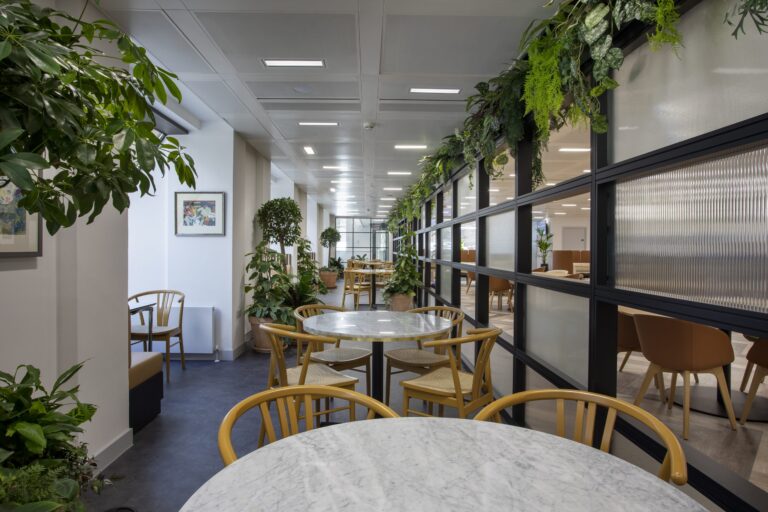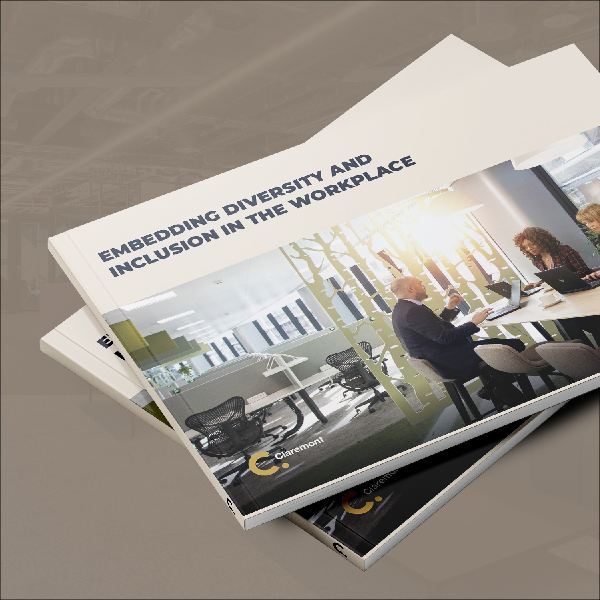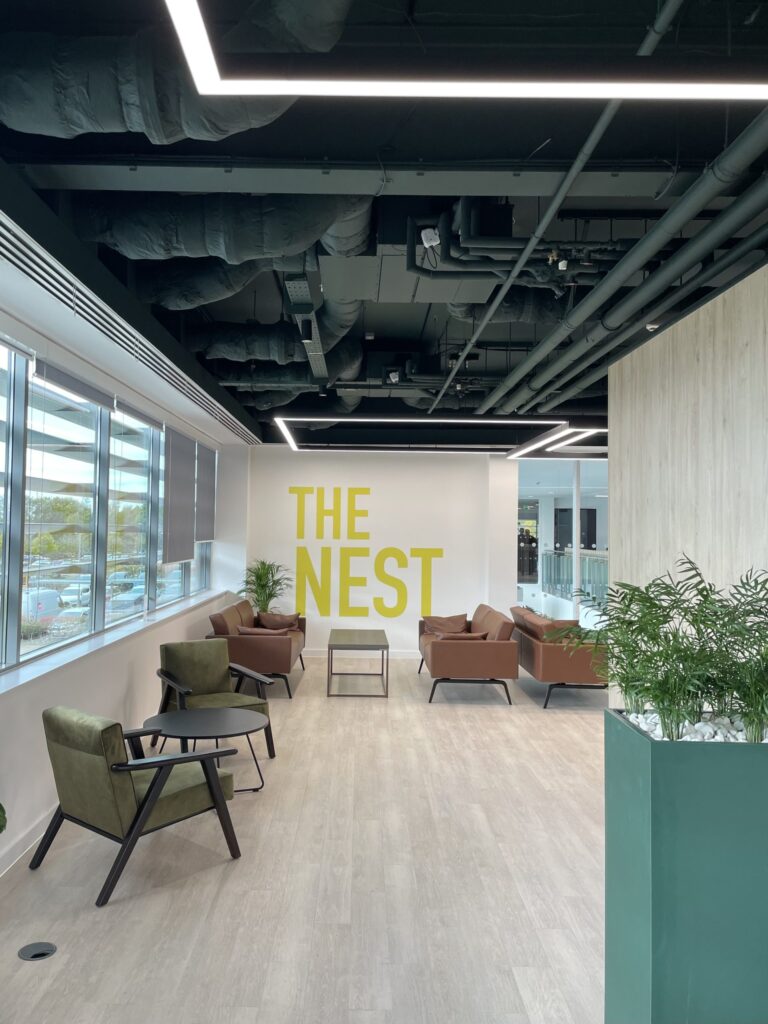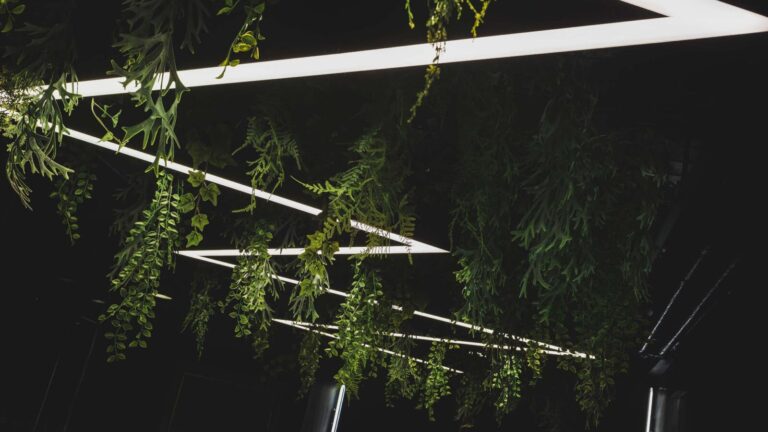
Direct Experience Of Nature - Part 2
Date
4 April 2023
Read length
7 min
In this blog, the second in the series, we’ll delve into the first of the three pillars of Biophilic Design: direct experience of nature.
In our first blog, we defined biophilia and explored theories within evolutionary psychology that explain why humans are drawn to natural environments. Now, let’s bring that to life and look at how it applies in the workplace.
What is direct experience of nature?
Kellert and Calabrese outline direct experience of nature through a variety of elements: light, air, water, plants, animals, weather, natural landscapes and ecosystems, and even fire.
In this blog, we’ll focus on the three that can be most easily incorporated into an office environment: light, air, and plants.
Light
Access to natural light is one of the simplest yet most effective ways to transform a workplace. It makes spaces feel fresher and more inviting, but it also plays a crucial role in our health and wellbeing.
Our sleep-wake cycle, known as the circadian rhythm, is largely controlled by light. Exposure to daylight helps us stay alert and focused during the day, while improving the quality of our sleep at night. Light doesn’t just influence energy levels; it also affects mood. Studies show that circadian lighting in offices can reduce depression, as it stimulates the amygdala (the part of the brain linked to emotions).
The WELL Building Standard V2 recommends that at least 30% of regularly occupied space should be within 20 feet of glazing. At Claremont, we often design workstations around the perimeter to maximise daylight, while carefully managing glare. If glare isn’t addressed, blinds get pulled down, and all the benefits of natural light are lost. To avoid this, we use strategies such as workstation angles, light-diffusing films, smart glass, and blinds that balance light with comfort.
Natural light also brings other benefits. Sitting by a window not only exposes employees to daylight, but also to views of greenery, weather, or even wildlife. A 2022 Scientific Reports study found that simply seeing or hearing birds improved people’s mental wellbeing for up to eight hours: a reminder that natural light often connects us to nature in multiple ways.
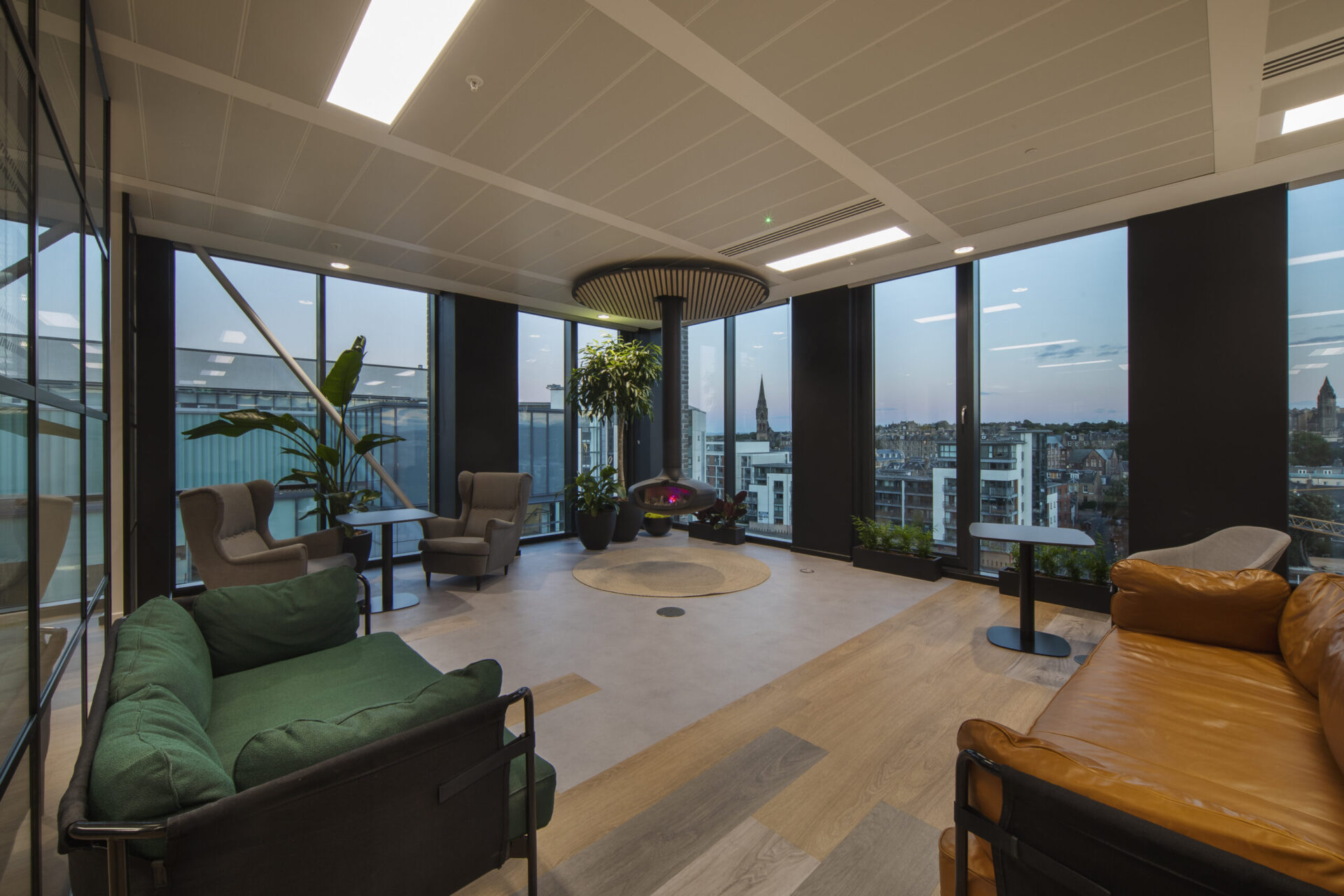
Air
For most of human history, we evolved outdoors, breathing fresh air. Now, we spend around 90% of our time indoors – much of it at work. Poor air quality indoors can leave people feeling tired, unfocused, or unwell, while good ventilation supports alertness, health, and productivity.
Improved workplace air quality can be achieved through mechanical and electrical (M&E) systems that provide ventilation and filtration. These reduce allergens like pollen and microbes, as well as volatile organic compounds (VOCs) released from furniture and cleaning products. The impact is clear: the World Green Building Council reports productivity improvements of 8–11% in buildings with high-quality air.
Cundall’s WELL Certified London office is a strong example. With continuous monitoring of CO₂ and VOCs, the business reported 50% lower absenteeism (saving £90,000 annually) and a 27% reduction in staff turnover (saving £122,000 annually). Cleaner air didn’t just benefit employee health; it delivered real financial results too.
Plants
Plants may brighten a space, but their benefits extend far beyond decoration. They filter air, absorb sound, and bring a calming natural presence into workplaces. Just as importantly, they also influence how people think and feel.
Psychologists Kaplan & Kaplan (1989) proposed the Attention Restoration Theory (ART), which explains how nature helps replenish mental energy. At work, employees rely heavily on voluntary attention, focusing on tasks, deadlines, and meetings. Over time, this type of concentration becomes draining. By contrast, nature captures our involuntary attention, the effortless way our minds are drawn to birdsong, leaves moving in the wind, or a splash of green foliage. This restorative effect helps employees reset and refocus.
Kaplan’s later research (1993) found that office workers with views of nature reported fewer health complaints, higher job satisfaction, more patience, and greater enthusiasm than those without. This was a controlled study where views of nature were the only variable, so it was a strong indication that even something as simple as office plants or views of greenery can create measurable improvements in wellbeing and performance.
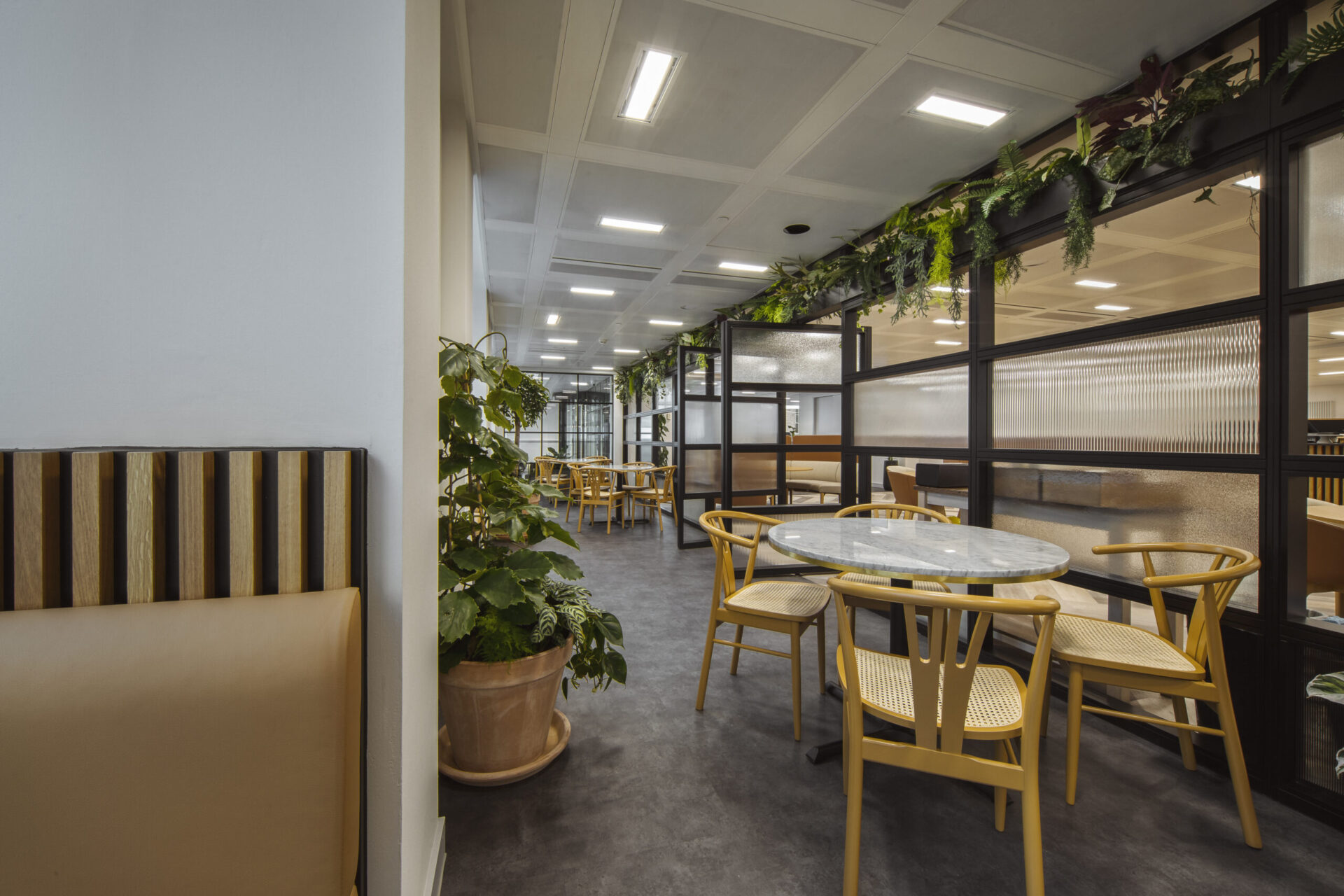
Why direct experience matters
Exploring just a few of the elements of biophilic design shows how powerful the direct experience of nature can be. From boosting wellness to improving productivity and job satisfaction, these simple changes can create workplaces where people thrive.
Of course, not every solution will work for every office, but even small steps can make a big difference.
In our next blog, we’ll explore the second pillar of biophilic design: indirect experience of nature. Stay tuned to learn how subtle design choices can continue the journey of reconnecting people with the natural world.
See how we could help with your new office interior design or office design and build project here
Get in touch
We love nothing better than talking all things workplace and design – got a question, potential project or just need some guidance?
Drop us a note…


